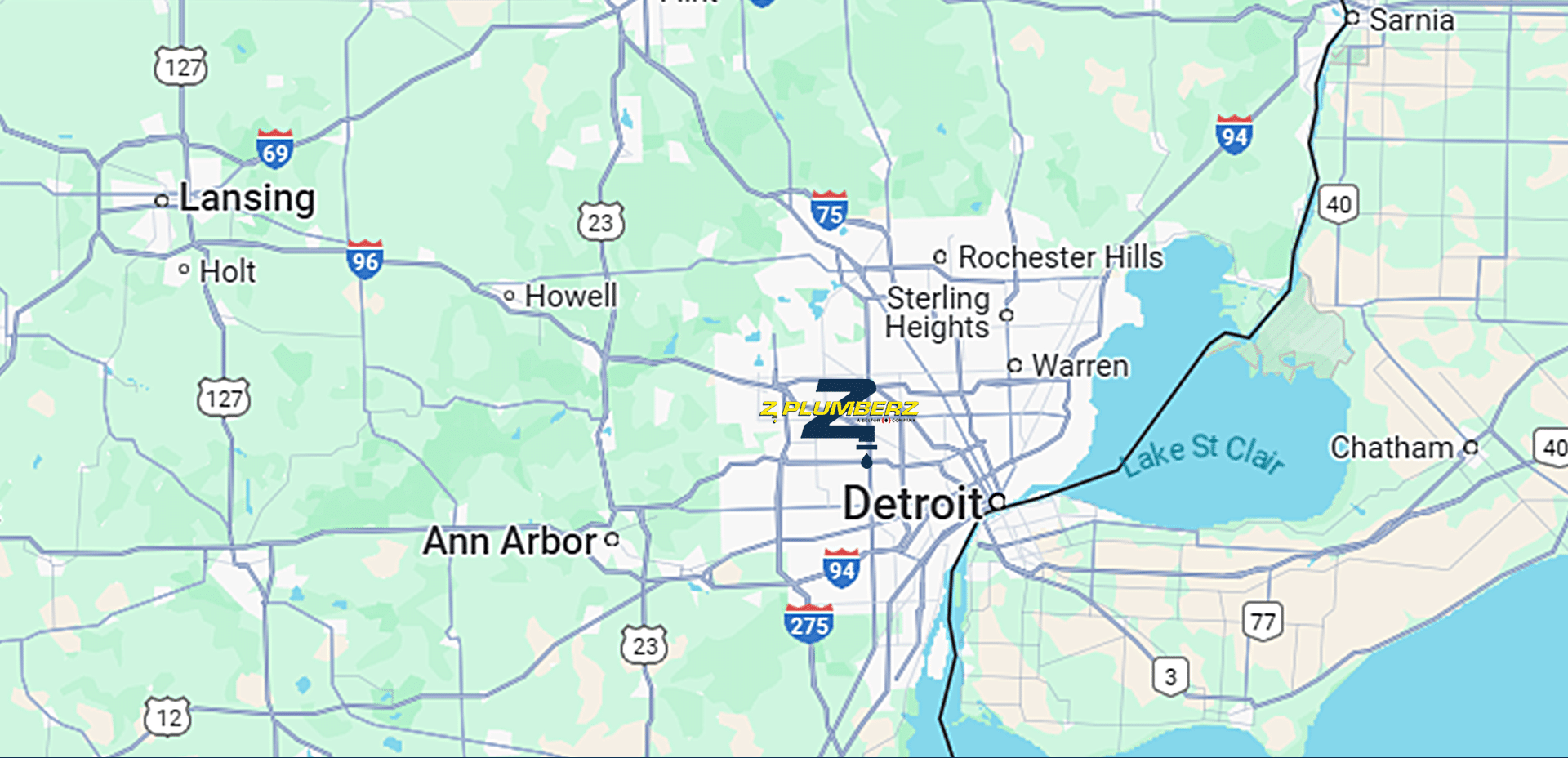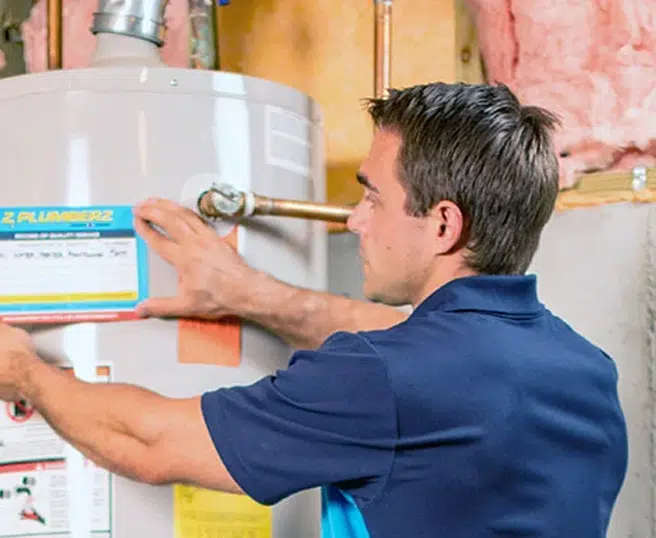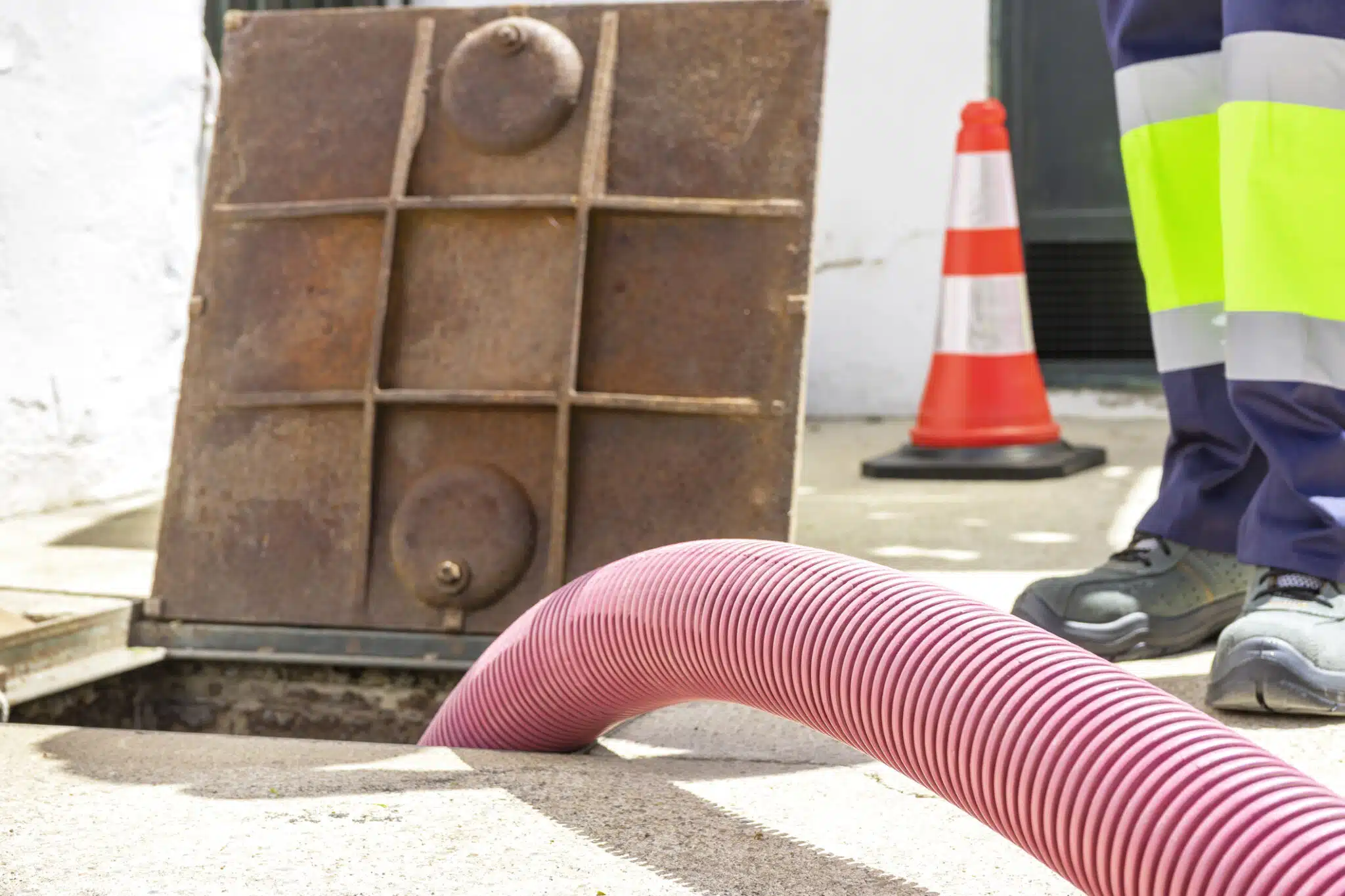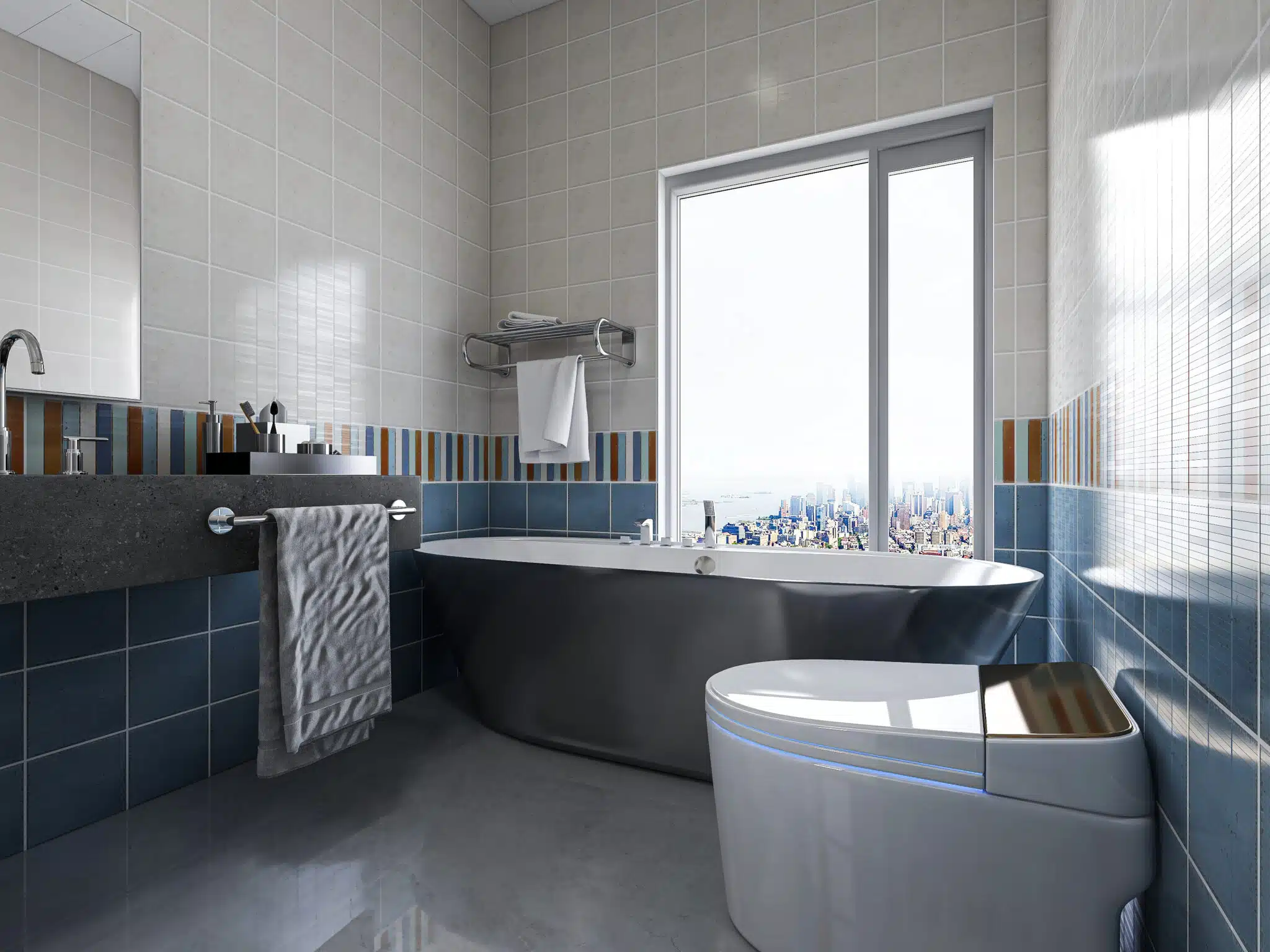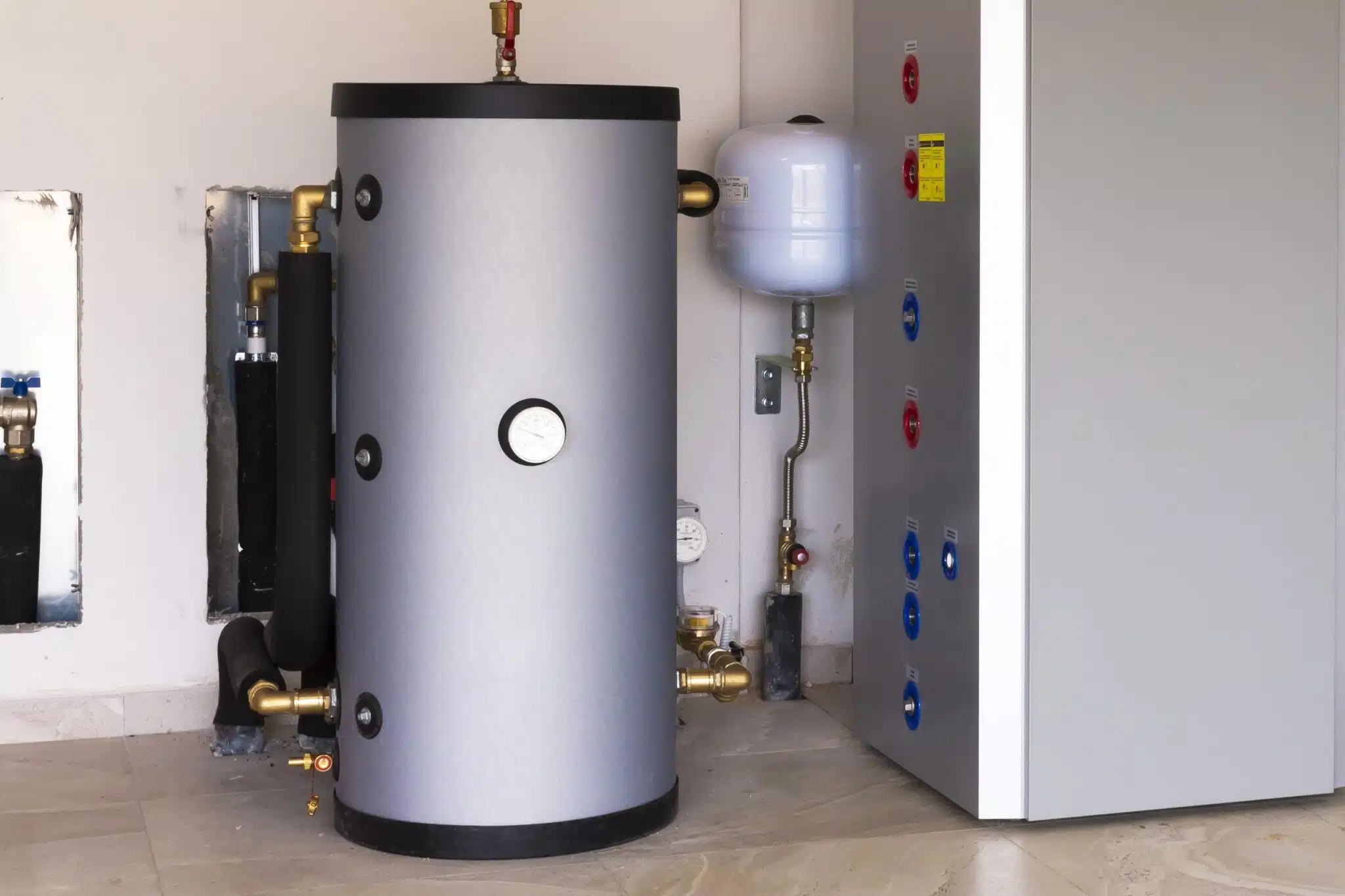Zero-energy plumbing systems redefine modern sustainability by drastically reducing energy consumption through advanced water management and renewable energy solutions. These systems ensure minimal environmental impact while delivering exceptional performance, positioning them as essential for eco-friendly construction.
Their value extends beyond efficiency—they symbolize a shift toward responsible resource use. As climate challenges grow, adopting zero-energy plumbing systems demonstrates a commitment to preserving natural resources for future generations. Integrating these systems into buildings supports broader green goals by complementing technologies like solar power and energy-efficient designs.
In Bloomfield Township, MI, and beyond, these systems are vital for sustainable development. They provide an opportunity to build smarter, greener, and more energy-conscious communities.
How Zero-Energy Plumbing Systems Work
Zero-energy plumbing systems revolutionize water management by combining innovative design, renewable energy, and cutting-edge technology to achieve unparalleled efficiency. These systems are engineered to function with minimal energy input, creating a harmonious balance between performance and sustainability.
The foundation of these systems lies in reducing dependency on traditional energy sources. For example, solar-powered water heaters harness sunlight to efficiently provide hot water without consuming fossil fuels. Additionally, gravity-based distribution systems replace energy-hungry pumps, using natural forces to move water through buildings.
Advanced technologies further enhance their efficiency. Smart water monitors and flow sensors optimize water usage by detecting leaks and regulating pressure, significantly reducing waste. Low-flow fixtures and water recycling units ensure conservation while maintaining performance standards, making the system suitable for residential and commercial applications.
These systems achieve energy neutrality by integrating seamlessly with other sustainable technologies, such as rainwater harvesting and geothermal heating. This holistic approach maximizes resource efficiency, reduces costs, and promotes eco-conscious living. As communities embrace sustainable practices, zero-energy plumbing systems are becoming a cornerstone of modern architecture, paving the way for a greener future.
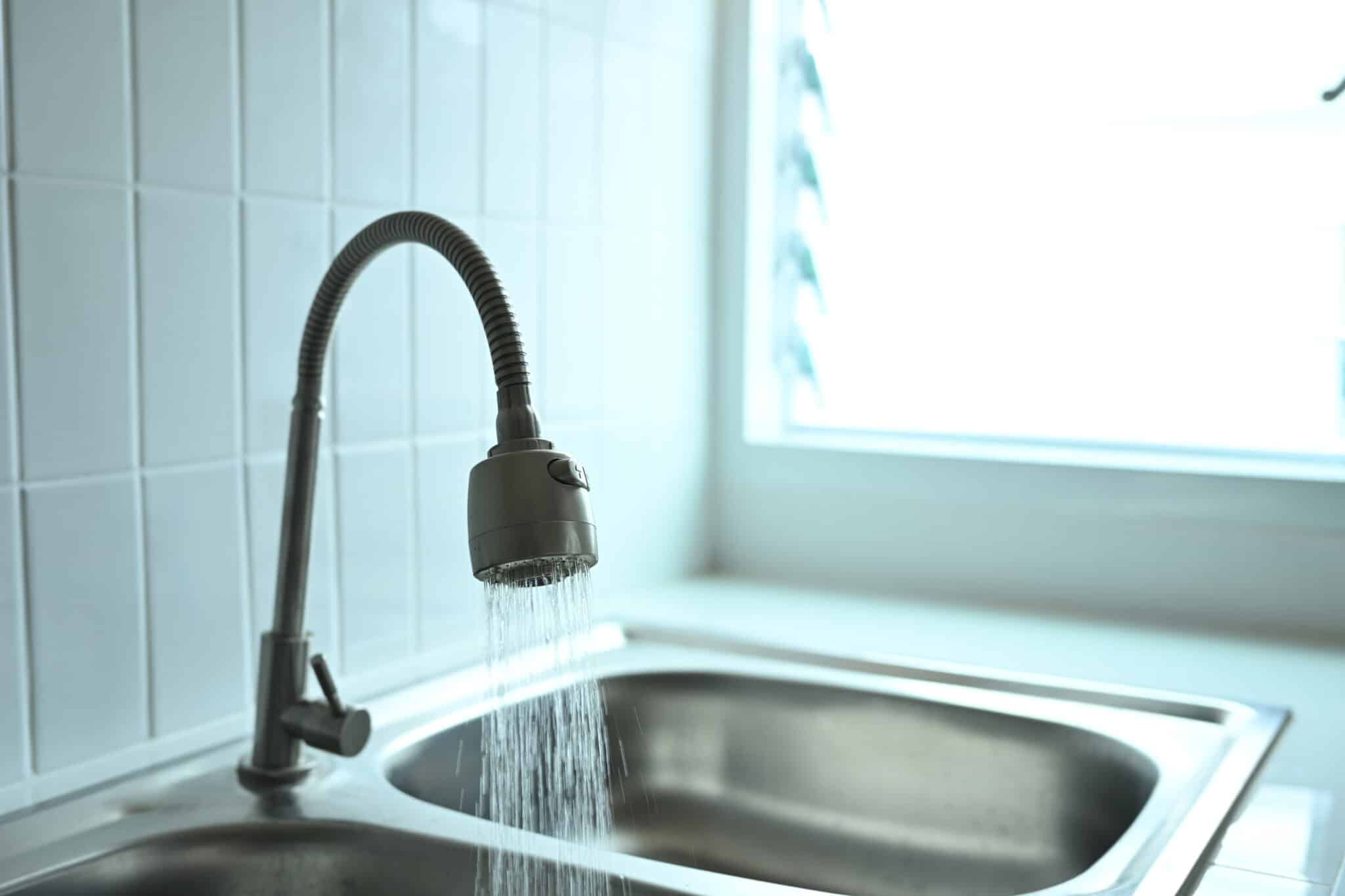
Key Components of Zero-Energy Plumbing Systems
Zero-energy plumbing systems rely on a combination of advanced technologies and smart design to minimize energy consumption and maximize sustainability. Two critical components—energy-efficient fixtures and the integration of renewable energy sources—form the backbone of these innovative systems.
Energy-Efficient Fixtures and Appliances
Energy-efficient fixtures are essential in reducing water usage while maintaining functionality. Low-flow faucets and showerheads, for example, mix air with water to provide adequate pressure while significantly lowering consumption. Dual-flush toilets allow users to choose the amount of water needed per flush, cutting water usage by nearly half compared to traditional models.
Appliances like tankless water heaters contribute further by heating water on demand rather than maintaining a constant supply in a tank. This approach minimizes standby energy losses, making them an ideal fit for zero-energy plumbing systems. These fixtures and appliances not only reduce energy and water usage but also provide a high return on investment through lower utility bills.
Integration of Renewable Energy Sources
Harnessing renewable energy is another defining feature of zero-energy plumbing systems. Solar water heaters are a prime example, using solar panels to capture and store energy for heating water. These systems drastically cut down reliance on fossil fuels, reducing both energy costs and greenhouse gas emissions.
In regions where solar energy is less feasible, geothermal systems offer a reliable alternative. By tapping into the Earth’s consistent underground temperatures, these systems efficiently heat or cool water, making them a sustainable option for year-round energy needs.
By combining energy-efficient fixtures with renewable energy technologies, zero-energy plumbing systems create a sustainable framework that benefits both the environment and property owners. These components ensure optimal performance, cost savings, and long-term resource conservation.
Innovative Technologies in Zero-Energy Plumbing
Plumbing innovation is driving sustainable transformation, blending cutting-edge technologies to deliver systems that optimize both water and energy use. Among these breakthroughs, low-flow fixtures and solar water heating systems are leading solutions in creating efficient and eco-conscious infrastructure.
Low-flow fixtures have become indispensable for reducing water consumption without compromising performance. These advanced fixtures, such as aerated faucets, dual-flush toilets, and water-efficient showerheads, regulate flow to minimize waste. Dual-flush toilets, for instance, offer different water volumes for liquid and solid waste, adapting to specific needs and conserving water. Similarly, aerators add air to the water stream, maintaining strong pressure while using significantly less water. These technologies lower water usage and reduce the energy required for pumping and heating.
Solar water heating systems represent another significant leap in sustainable plumbing. By harnessing solar energy, these systems efficiently heat water for domestic and commercial applications. Panels installed on rooftops capture sunlight, transferring the energy to water tanks via heat exchangers. This method not only reduces reliance on traditional energy sources but also significantly decreases greenhouse gas emissions. Solar water heaters are particularly valuable in offsetting the carbon footprint of water heating, one of the largest energy consumers in any building.
By combining these technologies, plumbing systems achieve unparalleled efficiency, aligning with sustainability goals. Low-flow fixtures address water conservation directly, while solar heating tackles energy consumption. Together, they empower homes and businesses to embrace eco-friendly solutions, demonstrating the practical benefits of green innovation in everyday life.
Benefits of Implementing Zero-Energy Plumbing
The benefits of zero-energy plumbing systems go beyond energy and water savings, making them essential for sustainable living and future-ready infrastructure. Here are five compelling reasons why adopting these systems is a transformative decision:
-
Dramatic Energy Reduction
By integrating renewable energy technologies like solar water heaters and energy-efficient pumps, zero-energy plumbing systems slash energy use. They minimize reliance on conventional energy sources, significantly cutting utility bills and contributing to reduced greenhouse gas emissions.
-
Maximized Water Efficiency
These systems are built with water conservation in mind. Low-flow fixtures reduce usage while maintaining performance, and innovative graywater recycling systems repurpose wastewater for secondary uses, such as landscaping or flushing. This ensures fresh water is reserved for essential needs.
-
Substantial Financial Savings
Though the upfront cost may seem high, zero-energy plumbing systems quickly pay for themselves. Long-term savings from lower energy and water bills, coupled with potential rebates or tax incentives, make them a financially sound investment for homeowners and businesses.
-
Increased Property Value
Buildings equipped with sustainable systems are highly attractive to eco-conscious buyers and renters. Zero-energy plumbing systems enhance a property’s appeal, boosting its market value and making it a more competitive choice in today’s environmentally aware real estate market.
-
Environmental Stewardship
These systems actively reduce the environmental footprint of buildings. By conserving water, minimizing energy use, and lowering emissions, they align perfectly with global sustainability goals. They demonstrate a tangible commitment to preserving resources for future generations.
Zero-energy plumbing systems are not just an upgrade—they are a forward-thinking approach to efficiency, conservation, and sustainability. Their widespread adoption represents a step toward a greener, smarter future.
Challenges and Considerations
Implementing zero-energy plumbing systems is an exciting step toward sustainability, but several challenges must be addressed to unlock their full potential. These obstacles, while significant, are not insurmountable and highlight areas for innovation and adaptation.
Initial Investment Costs
The upfront cost of zero-energy plumbing systems can be daunting for homeowners and small businesses. Solar water heating panels, advanced pumps, and energy-efficient fixtures often require a substantial initial outlay. While long-term savings typically outweigh these expenses, access to incentives or financing options is crucial to make these systems more accessible.
Complex Retrofitting for Existing Structures
Adapting older buildings to accommodate zero-energy plumbing systems presents unique challenges. Legacy plumbing layouts, limited space for equipment, and outdated infrastructure can complicate the integration of modern technologies. In many cases, significant redesigns or upgrades are required, increasing both cost and complexity.
Ongoing Maintenance Needs
Zero-energy plumbing systems rely on advanced technologies such as solar collectors and smart water management systems. These components require regular inspection and maintenance to function efficiently. Neglecting upkeep can lead to decreased performance and higher operating costs, underscoring the need for proactive care.
Variable Environmental Conditions
Renewable energy components, such as solar-powered water heaters, may face limitations in regions with low sunlight or unpredictable weather. These challenges often necessitate backup systems to ensure consistent performance, which can increase overall costs and technical requirements.
Knowledge Gaps Among Stakeholders
A lack of awareness about the benefits and functioning of zero-energy plumbing systems often slows adoption. Additionally, finding skilled professionals to design, install, and maintain these systems can be challenging. Increased education and training programs are critical for widespread implementation.
While these challenges pose hurdles, they also present opportunities for innovation, policy support, and education. Addressing these considerations will ensure that zero-energy plumbing systems become an integral part of sustainable infrastructure, benefiting both individuals and the planet.
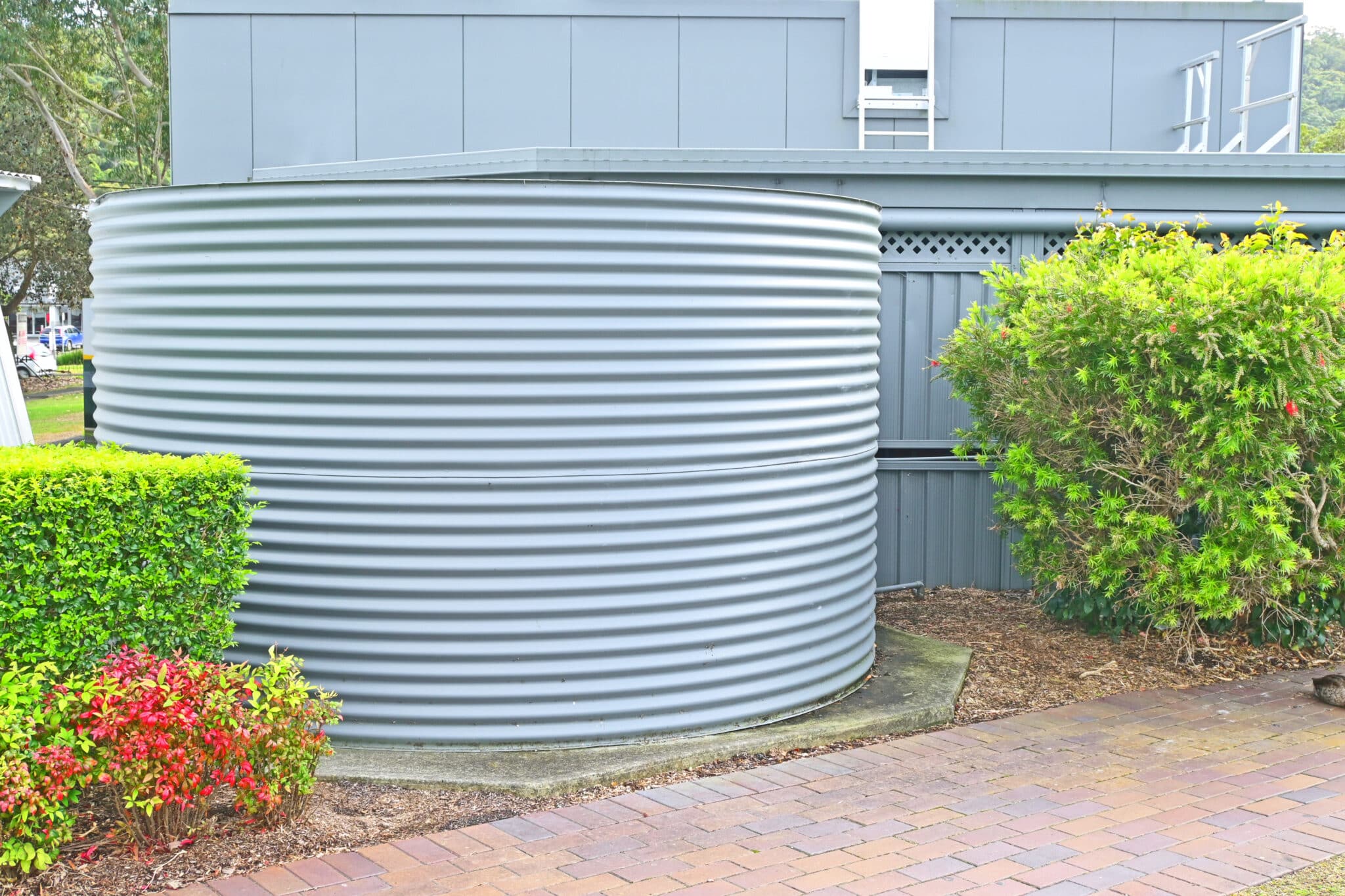
The Future of Zero-Energy Plumbing in Bloomfield Township, MI
Bloomfield Township, MI, is emerging as a leader in sustainability, driven by local initiatives and regulations that champion zero-energy plumbing systems. These systems are not just a trend but a cornerstone of the township’s vision for resource-efficient living.
Local Initiatives and Regulations
Bloomfield Township has introduced policies that prioritize eco-friendly infrastructure. Updated building codes encourage the integration of energy-efficient plumbing systems, making them a key requirement for new construction and renovations. Financial incentives, including tax breaks and rebates for solar water heaters and low-flow fixtures, make adopting these systems more feasible. Public campaigns highlighting the environmental and economic benefits of zero-energy plumbing are also raising awareness, ensuring a community-wide commitment to greener practices.
Opportunities for Residents and Businesses
For residents, zero-energy plumbing systems present an opportunity to reduce household utility costs while contributing to environmental conservation. Homeowners can integrate technologies like rainwater harvesting systems or water-efficient fixtures to align with the township’s sustainability goals. These changes not only save money but also increase property value, appealing to a growing market of eco-conscious buyers.
Businesses in Bloomfield Township can also benefit significantly. By adopting zero-energy plumbing, companies can lower operating costs and attract sustainability-focused clients and tenants. Restaurants, hotels, and real estate developers can gain a competitive edge by showcasing their commitment to green practices, solidifying their reputation in an environmentally aware marketplace.
As Bloomfield Township continues to champion sustainable living, zero-energy plumbing systems offer a path forward. The combination of supportive regulations, financial incentives, and community engagement ensures that residents and businesses alike can contribute to a future that balances progress with environmental responsibility.
Seasonal Considerations for November
As November ushers in colder weather, taking steps to winterize zero-energy plumbing systems becomes crucial to maintaining their efficiency and durability. Thoughtful preparation not only ensures optimal performance during the fall and winter months but also safeguards your investment against potential weather-related damage.
Preparing for Colder Temperatures
Zero-energy plumbing systems rely on advanced components, such as solar water heaters, rainwater collection units, and insulated pipes, all of which require special attention in the winter. Insulating exposed pipes and tanks is an effective way to prevent freezing and heat loss. High-quality insulation materials, coupled with weatherproofing techniques, help maintain system efficiency even during extreme cold. For solar water heaters, installing freeze-protection mechanisms, such as drain-back systems or antifreeze solutions, is essential for uninterrupted operation during frosty weather.
Additionally, maintaining solar panels used for water heating is vital as daylight hours shorten. Clearing away fallen leaves, dirt, or snow ensures the panels can capture as much solar energy as possible, keeping the system efficient and functional throughout the season.
Ensuring Efficiency During Fall and Winter
During colder months, hot water demand increases, placing greater importance on system efficiency. Low-flow fixtures help conserve heated water without compromising performance, significantly reducing overall energy usage. At the same time, rainwater harvesting systems should be inspected and cleaned to remove debris, ensuring smooth water collection and preventing freezing within storage units.
A November maintenance check by a professional is a smart way to prepare for winter. Inspections can identify hidden issues, such as leaks or blockages, that could hinder efficiency. Proper adjustments to system settings, like optimizing solar water heating temperatures for winter conditions, further enhance reliability and energy savings.
By addressing these seasonal considerations, zero-energy plumbing systems not only endure winter’s challenges but also continue to deliver sustainable, efficient performance.
How Z PlumberZ Can Assist
Z PlumberZ stands at the forefront of sustainable plumbing innovation, offering tailored solutions to help residents and businesses in Bloomfield Township, MI, adopt zero-energy plumbing systems. With a focus on efficiency, reliability, and long-term value, Z PlumberZ ensures a seamless transition to greener plumbing.
Custom Solutions for Zero-Energy Plumbing
Z PlumberZ delivers a comprehensive range of services designed to implement and maintain zero-energy plumbing systems. Their expertise covers everything from the installation of solar water heating systems to integrating low-flow fixtures and advanced water recycling technologies. Each solution is customized to meet the unique needs of the property, maximizing energy efficiency and water conservation.
For homeowners, Z PlumberZ simplifies the process by providing detailed consultations to help clients choose the right system components. Their team manages every step, from installation to ongoing maintenance, ensuring optimal performance. Businesses can benefit from large-scale system designs that reduce operational costs while demonstrating a commitment to sustainability. By crafting tailored solutions, Z PlumberZ helps every client achieve measurable savings and environmental impact reductions.
Leadership in Sustainable Plumbing Practices
With years of experience and a commitment to cutting-edge techniques, Z PlumberZ offers unparalleled expertise in zero-energy plumbing systems. Their team remains at the forefront of sustainable technology, implementing features like rainwater harvesting, energy-efficient pumps, and solar-powered solutions with precision and care. Clients can rely on their thorough knowledge to ensure systems function efficiently in all seasons.
Z PlumberZ also goes beyond installation by empowering clients with the knowledge needed to maintain their systems. Through education and ongoing support, they ensure clients get the maximum return on their investment. This focus on long-term performance sets Z PlumberZ apart as a leader in sustainable plumbing.
By choosing Z PlumberZ, residents and businesses can embrace the future of plumbing with confidence. Their innovative services make it easy to implement zero-energy plumbing systems that save money, conserve resources, and enhance sustainability efforts.
Frequently Asked Questions
-
What are zero-energy plumbing systems?
Zero-energy plumbing systems are cutting-edge solutions designed to drastically reduce energy consumption in water management. They incorporate technologies like solar water heaters, low-flow fixtures, and water recycling mechanisms to create energy-efficient and environmentally sustainable plumbing networks. By harnessing renewable energy and maximizing resource efficiency, these systems support eco-friendly living without compromising performance.
-
How do low-flow fixtures contribute to energy savings?
Low-flow fixtures, such as water-saving faucets, showerheads, and dual-flush toilets, significantly reduce the amount of water used during daily activities. Less water usage means less energy is required to heat it, directly lowering utility costs. These fixtures maintain adequate water pressure, ensuring comfort and functionality while promoting conservation.
-
Can existing homes be retrofitted with zero-energy plumbing?
Yes, existing homes can benefit from retrofitting zero-energy plumbing systems. While older infrastructure may require updates, solutions like installing solar water heaters, upgrading to low-flow fixtures, and incorporating rainwater harvesting systems are achievable for most homes. Z PlumberZ specializes in assessing and implementing customized retrofits to make your property more sustainable.
-
What maintenance is required for these systems?
Zero-energy plumbing systems require regular care to ensure long-term efficiency and performance. Key maintenance tasks include insulating pipes, clearing debris from solar panels, and checking for leaks or system wear. For water recycling systems, occasional cleaning and filter replacements are necessary. Professional inspections help identify and address potential issues before they escalate, maximizing efficiency.
-
How can I get started with zero-energy plumbing in Bloomfield Township?
Z PlumberZ makes starting your journey toward zero-energy plumbing simple. Their team provides personalized consultations to assess your property’s needs, recommend tailored solutions, and manage installation and maintenance. With local incentives and expert support, adopting zero-energy plumbing systems is an easy and rewarding step toward a sustainable future.



